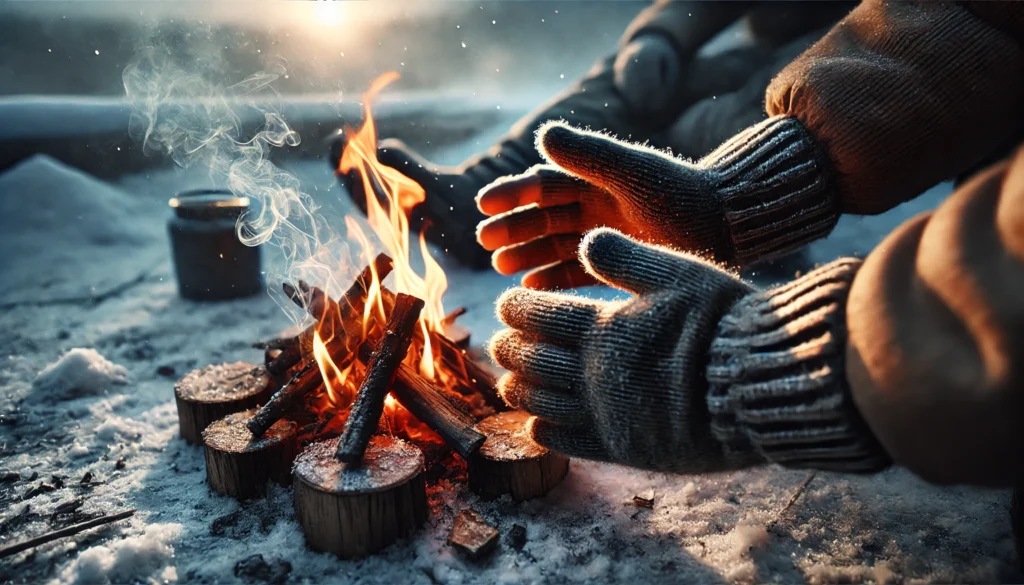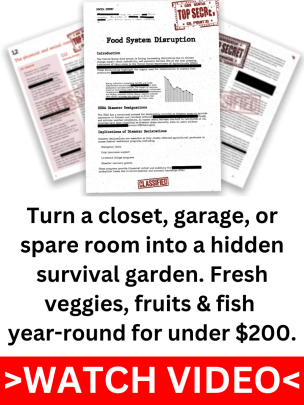When you’re out in the middle of nowhere, far from the comforts of home, things can get real serious real fast. Whether you’re someone who loves pushing the limits in the great outdoors or just enjoys a casual hike on weekends, knowing how to deal with injuries when you’re far from medical help is key. The truth is, when you’re in the wild, your survival often depends on keeping calm, thinking clearly, and acting fast. Here are some important wilderness first aid tips that could make all the difference.
First Aid Basics
Injuries in the wild can range from minor scrapes to serious, life-threatening situations. Being able to provide first aid in these conditions is crucial. Let’s break down some essential tips for handling injuries when you’re out in nature.
Cuts and Scrapes
Cuts and scrapes are probably the most common injuries you’ll face in the wild. A slip with a knife or a fall on rough ground can easily lead to a wound that needs attention. In the wilderness, even a small cut can turn into a big problem if it gets infected.
First things first-clean the wound with the cleanest water you can find. It’s not just about washing off the dirt; you need to remove any tiny particles that could cause an infection. If the cut is deep, take your time to clean it thoroughly.
Next, you’ve got to stop the bleeding. Press down on the wound with something clean-like a cloth or gauze-and keep it there. If you can, raise the wound above your heart to help slow down the bleeding. When clean water or antiseptics are in short supply, preventing infection is just as important as stopping the blood. Cover the wound with a bandage and keep it dry. Check on it regularly for signs of infection, like redness or pus. If things start looking bad, you might need to consider more serious steps, like draining an abscess-but only if you’re out of other options.
Sprains and Strains
Twisting an ankle or pulling a muscle might seem like a small issue, but out in the wild, it can slow you down big time, which could be dangerous. The key to dealing with sprains and strains is to act quickly to keep things from getting worse.
Start by resting the injured limb. Don’t put any weight on it-if you push through the pain, you could turn a minor injury into something major. If you can find something cold, like a cloth soaked in cool water or even some snow, use that to reduce swelling and numb the pain. Cold helps by narrowing the blood vessels, which limits swelling.

Next, wrap the injured area snugly to keep swelling down, but not so tight that you cut off circulation-your fingers or toes shouldn’t go numb. Keeping the injured limb raised above your heart can also help reduce swelling and speed up the healing process.
Broken Bones
Breaking a bone in the wild is no joke. If it’s not treated properly, a fracture can lead to serious issues like nerve damage or infection if the bone breaks through the skin. Your top priority is to keep the bone still to avoid further injury.
Look around for anything you can use as a splint-sticks, trekking poles, whatever you can find. The goal is to keep the bone from moving and causing more damage. Don’t forget to pad the splint with whatever soft material you have, like clothing. This makes it more comfortable and helps protect the area from further injury.
After you’ve stabilized the fracture, keep an eye on the injury. If the limb starts to go numb or change color, the splint might be too tight and cutting off circulation. In that case, loosen it up right away. Remember, broken bones need professional medical care as soon as possible, so your next move should be figuring out how to get help or make your way to safety.
Treating Burns
Burns are another common injury in the wild, often from campfires, cooking accidents, or even too much sun. No matter how bad the burn is, your first move is always the same: cool it down. As soon as you get burned, find some cool water-not ice-cold, just cool-and get the burn under it. This stops the burning and helps prevent more damage to the skin.
Once the burn is cooled, cover it up. A sterile, non-stick bandage is ideal, but if you don’t have one, use any clean cloth. Burns leave the skin vulnerable to infection, so keeping it clean and covered is crucial.
Watch the burn closely for signs of infection, which burns are especially prone to. If you see redness, pus, or notice a bad smell, it’s time to act quickly.
Dealing with Blisters
Blisters might seem like a small problem, but they can really mess up your trip if they get out of hand. Blisters usually form because of friction-often from shoes that don’t fit right. That little fluid-filled bubble is your body’s way of protecting the skin underneath, so don’t pop it if you can avoid it.
The best approach with blisters is prevention-make sure your shoes fit well and keep your feet dry. But if a blister does form, focus on protecting it. Cover it with a bandage or moleskin to stop it from getting worse. If it does pop, keep it clean, apply some antibiotic ointment, and cover it with a sterile bandage.
Snake Bites
Snake bites are rare, but if you’re in an area with venomous snakes, you need to know what to do. The key is to stay calm and move as little as possible to prevent the venom from spreading.
Keep the bite below heart level and try to keep the affected limb still. Don’t try to suck out the venom or make cuts near the bite-those are old myths that can do more harm than good. Your goal is to slow the venom’s spread and get medical help as soon as you can. Remember, most snake bites aren’t deadly if treated quickly.
Staying Hydrated
Dehydration can be a sneaky danger in the wild, especially in hot or dry areas. When your body loses more fluids than you take in, you start to get dehydrated, which can lead to headaches, dizziness, and more serious issues like heat stroke.
The best way to avoid dehydration is to drink water regularly, even if you’re not thirsty. Sip small amounts often rather than gulping down large amounts all at once, especially if you’re already feeling dehydrated. In severe cases, you’ll also need to replace lost electrolytes, which is where electrolyte drinks come in handy.
Try to limit physical activity during the hottest parts of the day, and find shade whenever possible. Staying hydrated is key to keeping your energy up and avoiding mistakes that could put you in danger.
Preventing Hypothermia
Hypothermia is a serious condition where your body loses heat faster than it can produce it, leading to a dangerously low core temperature. It often creeps up slowly, so you’ve got to stay alert to the signs.
If someone in your group starts shivering, seems confused, or is slurring their words, act fast. Get them to a warmer place, like a shelter or into a sleeping bag. If their clothes are wet, get them out of those fast-wet clothes pull heat away from the body.
Start warming them up from the inside out. Offer warm, non-alcoholic drinks if they’re awake, but nothing too hot. Sudden temperature changes can actually shock the body and make things worse. Avoid direct heat, like a fire or hot water bottles, since this can cause a dangerous condition where cold blood from the extremities rushes back to the heart.

When you’re out in the wild, knowledge really is power. Knowing how to treat injuries can mean the difference between a minor inconvenience and a major disaster. It’s not just about knowing what to do; it’s about understanding why each step matters. The more you know, the better prepared you’ll be to handle anything that comes your way.
Always carry a first aid kit that’s stocked with the basics, and make sure you know how to use everything in it. The wilderness is unpredictable, but with the right knowledge and preparation, you can turn challenges into manageable situations and keep yourself and your friends safe until you can get help.




















